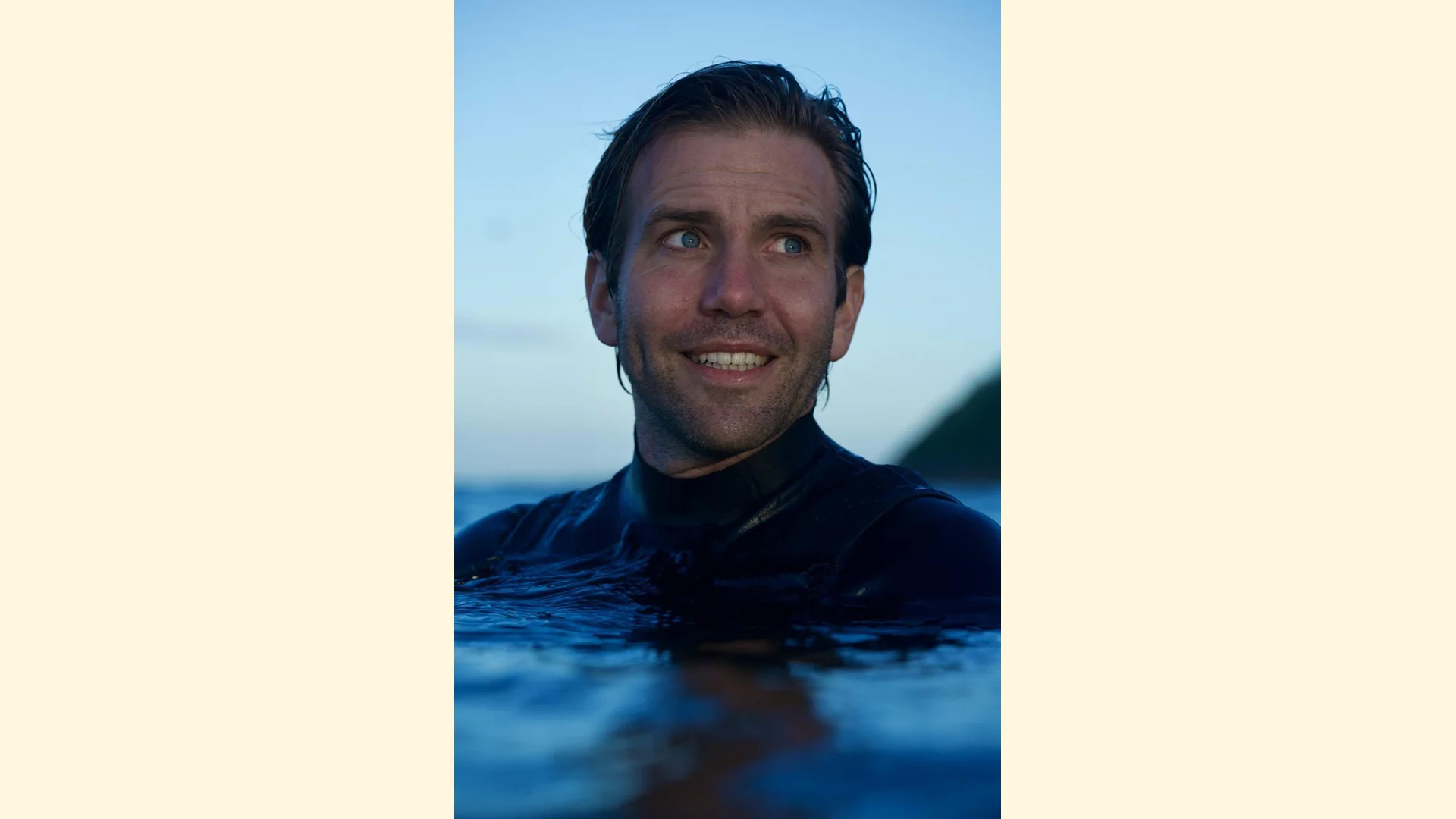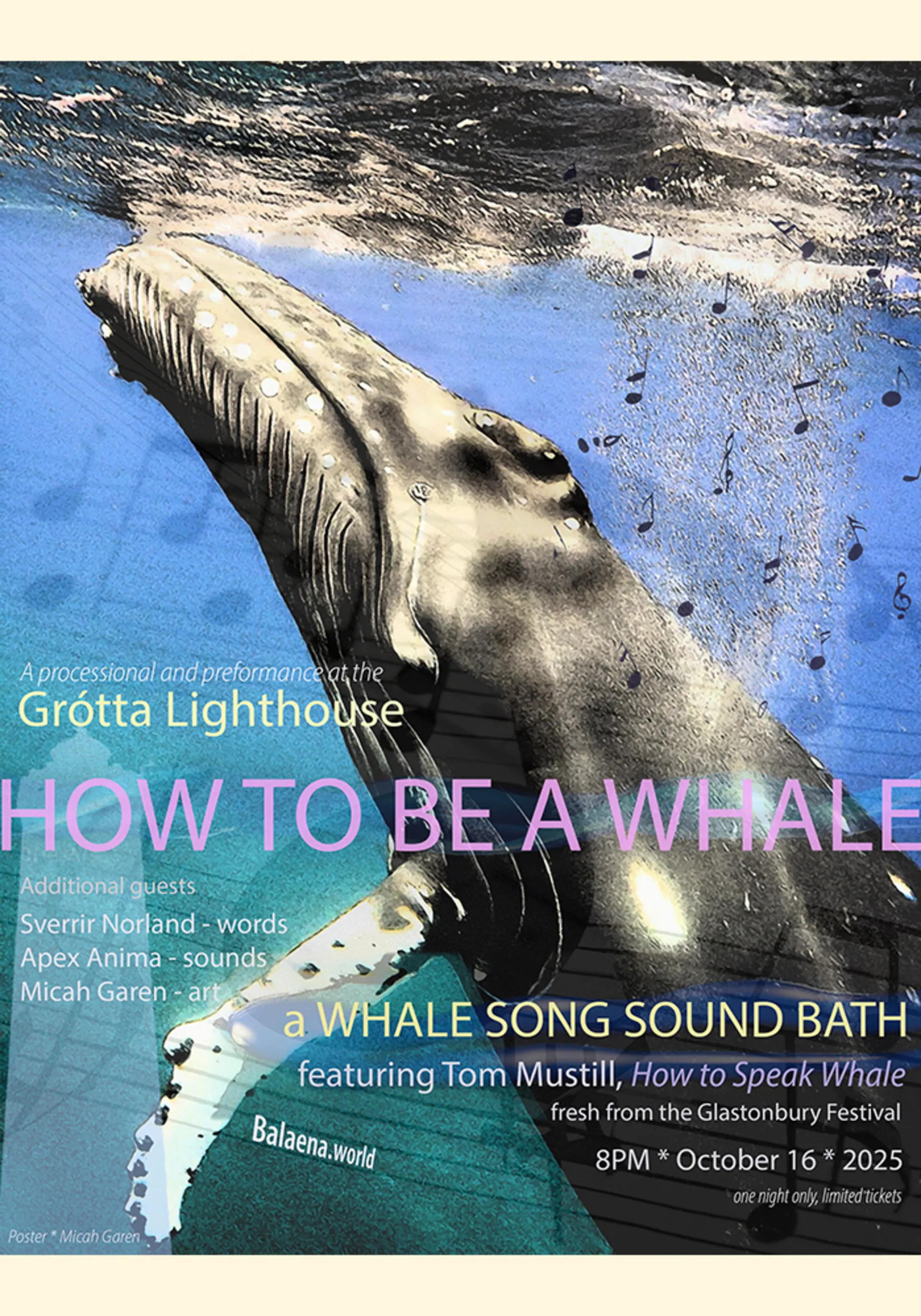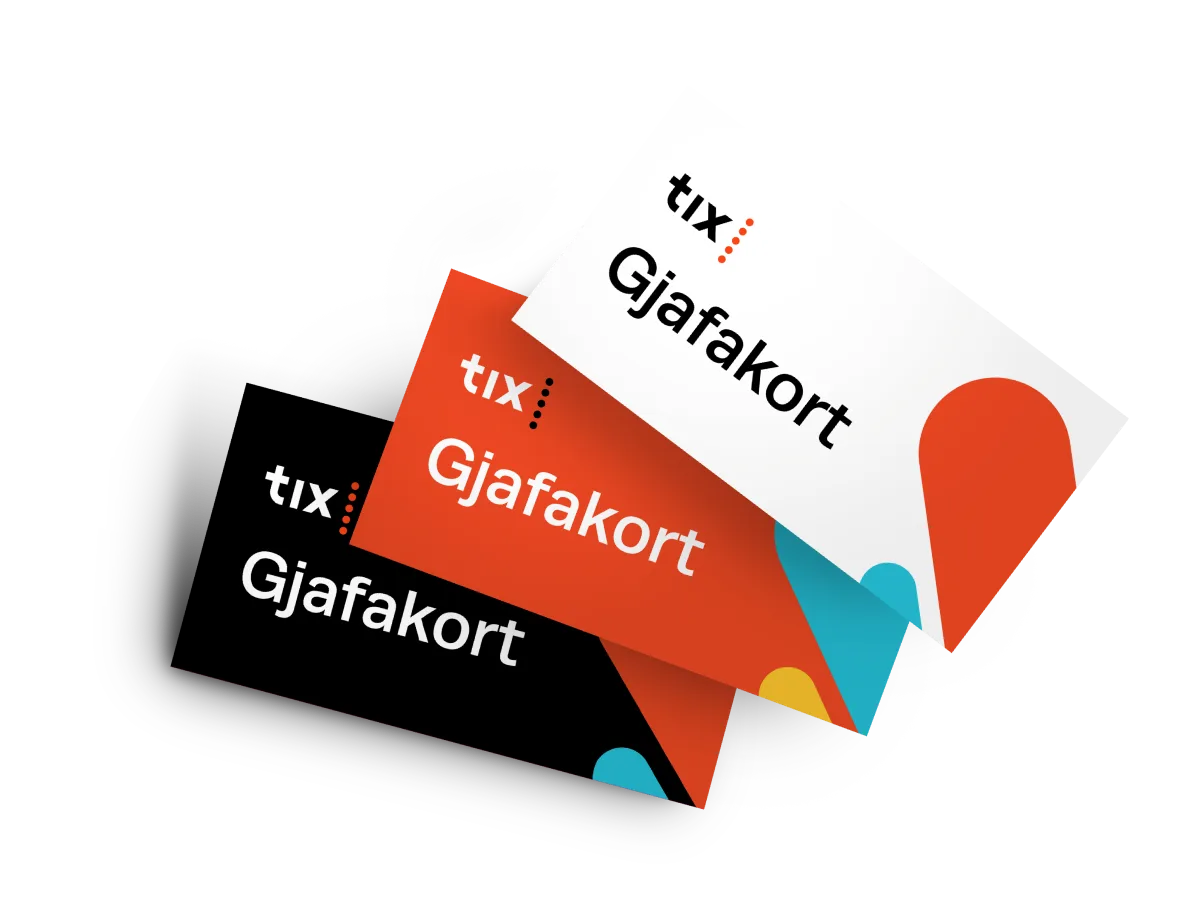Viðburðahaldarar
© 2025 Tix Miðasala
© 2025 Tix Miðasala
Vitinn í Gróttu
•
16. október




How to be a whale by Tom Mustill & Vahakn Matossian
Additional guests
Sverrir Norland
Apex Anima
Micah Garen
How To Be A Whale is a half-hour, bioacoustic listening journey - a soundscape of many hundreds of scientific recordings woven together into a story told through the lives of seven different whales and dolphins in a celebration of the sounds of the sea.
***As heard on Cerys Matthews Show - BBC 6Music***
Released for free ahead of World Ocean Day and bringing the most striking, evocative and unusual marine recordings together with recent discoveries about their lives to imagine what it might be like to be a humpback whale, orca, spotted dolphin, blue whale, bowhead whale, pilot whale and baby sperm whale, and their lives among fishes, coral, crabs, sea urchins and seals, from the tropics to the poles to the deep sea.
?It’s made by writer and wildlife filmmaker Tom Mustill and Whale DJ and music and sound specialist Vahakn Matossian.
With support from the charity WDC (Whale and Dolphin Conservation) and available for free for anyone to download HERE to play and have a marine listening party (CC-BY-NC-ND)
Tom and Vahakn would like to thank the generous and wonderful marine bioacoustics community for making their recordings available for this and other projects. ?
Featuring recordings from:
Ocean Alliance, Project CETI, Monterey Bay Aquarium Research Institute, Scottish Association for Marine Science, Hebridean Whale and Dolphin Trust, Cetacean Research Technology, BBC Natural History Unit Sound Library, The Sunken Lighthouse Project, Fishsounds, University of Washington, Global Library of Underwater Biological Sounds, Discovery of Sound in the Sea, Scripps Institution of Oceanography, Voices in the Sea, Sonartech Inc, WhaleAcoustics LLC, JASCO Applied Sciences, Alfred Wegener Institute for Polar and Marine Research, Australian Antarctic Division, Woods Hole Oceanographic Institute, National Oceanic and Atmospheric Administration, Southwest Fisheries Science Center, National Marine Fisheries Service, Freesound.org, Robots4Whales, John Ryan, Joseph R Olson, Jörg Rychen, Misael Morales Vargas, Marco Montiel-Soto, Amorim, Hawkins, B Wilson, Kathleen M Stafford, Miles Parsons, Sophie L Nedelec, Erbe et al, Carriço et al, Pine et al, Veronica Coppolaro, Thomas R Kieckhefer, James Locascio, David Mann, Ari Daniel Shapiro, Arthur Newhall, Kendall Folkert, Jan Straley, Aaron Thode, Jay Barlow, Shannon Rankin, Freesound.org - Robinhood76, August Sandberg, Glaneur-de-sons, Inspector J, LGarrett, Kris Boruff, Javier Zumer, Inmotion Audio, Listening To Whales, Felix Blume, Gerald Feibig, Aguasonic, Klankbeeld, Mark Baumgartner
Human voices: Katy Payne, Roger Payne, Tom Mustill
BACKGROUND
For this project, as well as drawing on the brilliant existing online archives of marine bioacoustics, many members of the marine science community also offered their personal recordings and WDC put out a call out - we received sea recordings from scientists and whale watchers and enthusiasts around the world.
Tom: "We made it as a way to help people think of whales and dolphins as individuals and imagine their lives, relationships and challenges. And because the sounds are just so weird and beautiful when we heard them we wanted to share them.”
Vahakn: “All the sounds are real vocalisations from real animals in the water. Nothing is special effects or synthesised. This whale-pod cast has been a labour of love - we’ve spent months going through thousands of faint and crackly recordings from every ocean - some the scientists who recorded haven’t even heard before! Some are so deep you can only feel them, so turn your bass up!”
SPECIAL SOUNDS
The soundscape includes the only known records of the voices of John Coe and Aquarius, the UK’s last two surviving native orca, painstakingly picked out of SAMS' and HWDT's recordings by Vahakn and recordings from the Sperm Whales off Dominica that animal communication researchers at Project CETI have just discovered have a whale alphabet.
DEDICATION
How To Be A Whale is inspired by and dedicated to the marine bioacoustic community, especially Roger and Katy Payne. Newly discovered archival recordings of Roger and Katy carrying out their research 50 years ago are woven into the last track.
WHY LISTENING TO WHALES IS IMPORTANT
In the 70s Roger Payne and Katy Payne discovered that humpback whales sing. They played their songs to people, an album of whalesong was a smash hit and their recordings were even sent into space on the Voyager Space probes. When people heard their voices it made them want to protect the whales. The Save The Whales movement was a great success and an example of how when we get the chance to listen, we can change. Tom became friends with Roger and Katy while writing How To Speak Whale and inspired and encouraged by them has been volunteering to continue their work. Tom is a WDC Ambassador for Whales and Dolphins - taking whale voices to places their futures are being decided.
Last year Tom and Vahakn played them to thousands of delegates, schoolchildren and diplomats including Secretary John Kerry at COP28 (below).
More information at balaena.world

